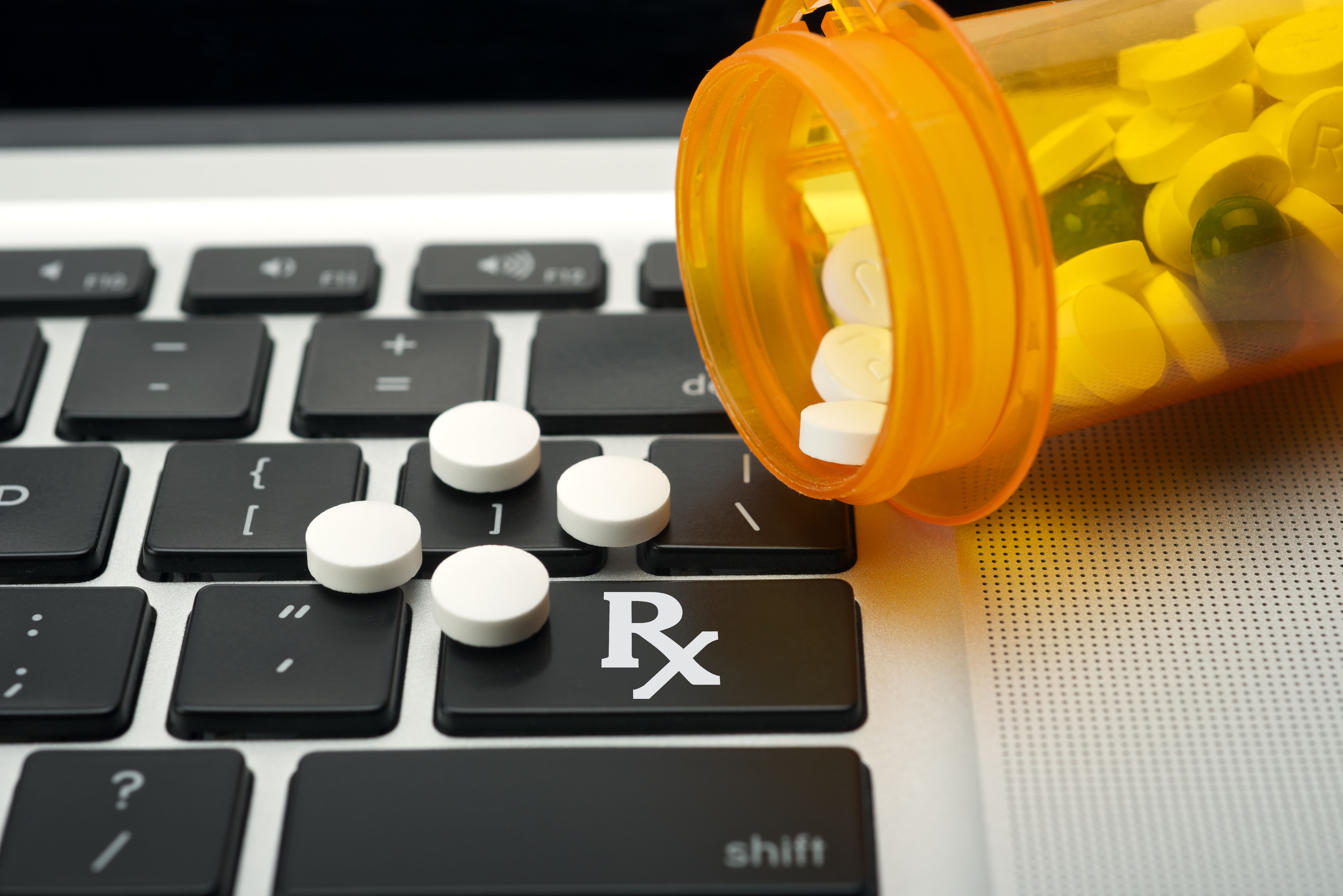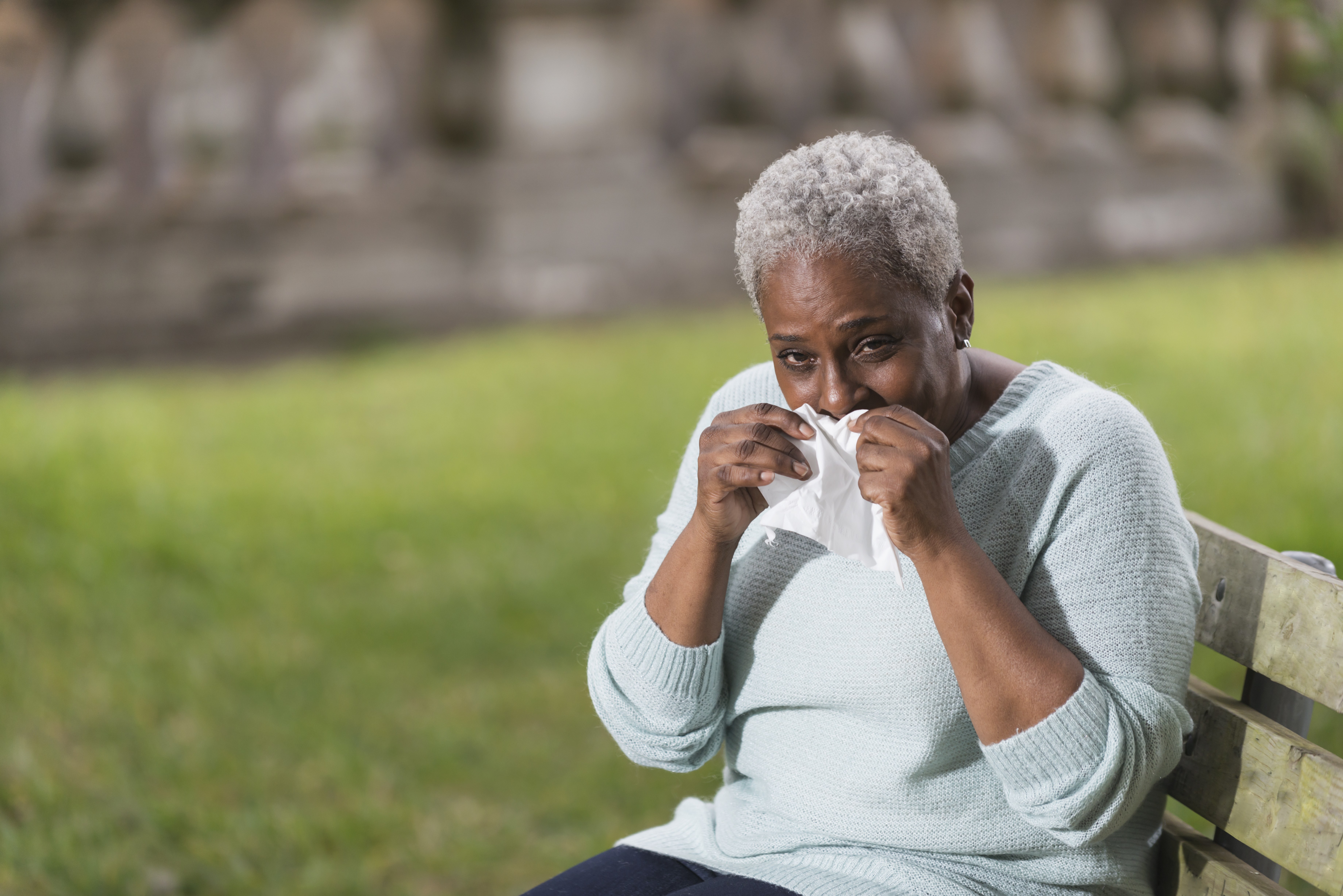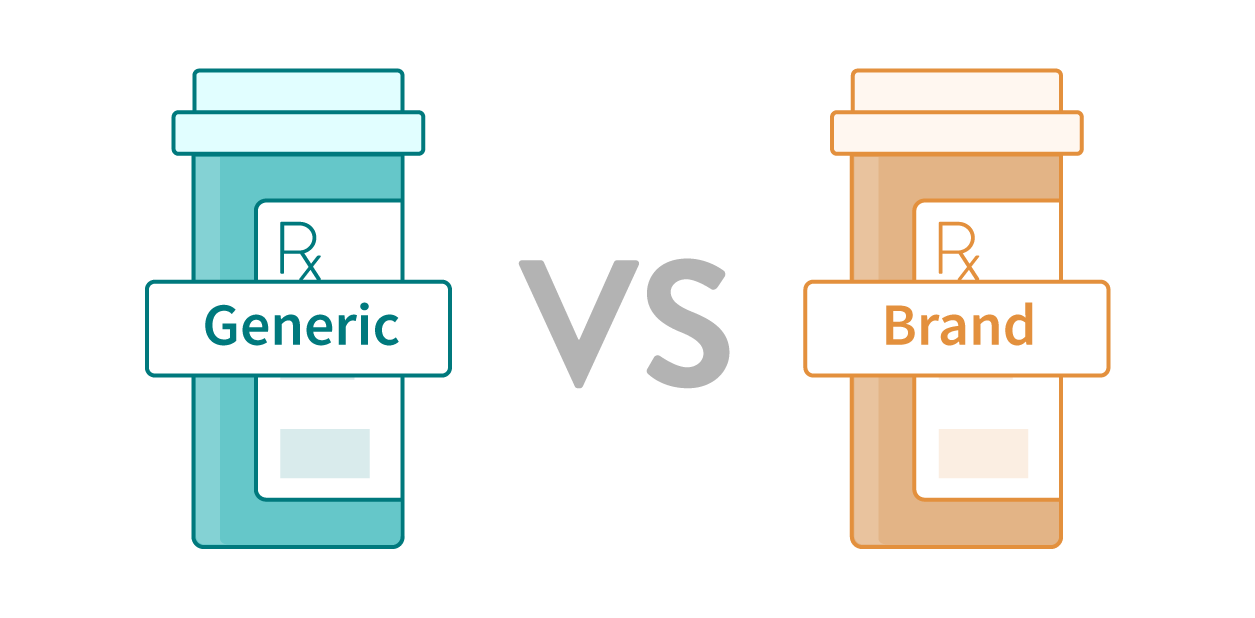
Get Help Kicking the Habit
It’s estimated that 70% of smokers want to quit, and about half of them try each year — often around New Year's resolutions. But only 6% are successful. Quitting smoking is hard. The American Cancer Society recommends that those who want to improve their chances of success take advantage of various support systems, such as:
Online and In-Person Quitting Groups
Smoking Secession Phone Lines
Counseling
Support from Family and Friends
Guide Books
Prescription Medications to Reduce Cravings
Nicotine Replacement Products
“By quitting – even for 1 day,” contends the American Cancer Society, “smokers will be taking an important step toward a healthier life and reducing their cancer risk.” Of course, kicking the habit for good is best, but some amazing things happen when you stop smoking, even if you’re only able to do so for a short period of time.
1) Within 20 Minutes, Your Heart Rate Drops
Nicotine is stimulant that increases heart rates by about 10-20 beats per minute. Considering the average person’s heart beats about once per second, that’s a sizable increase. Tachycardia (the medical term for having a fast heart rate, is classified as having a rate above 100 beats per minute) essentially reduces the effectiveness of the heart because it’s unable to fill fully before it pumps the blood back out. According to the American Heart Association, severe cases may lead to cardiac arrest and unconsciousness, but even mild-to-moderate tachycardia is associated with fainting, lightheadedness, fatigue, and shortness of breath. Although nicotine can stay in the body for up to three days after your body absorbs it, the impact is lessened drastically over time. The CDC reports your heart rate will begin to decline just 20 minutes after having a cigarette.
2) Within 2 Hours, Your Circulation Improves
In as few as two hours, your heart rate and blood pressure may totally normalize. This means that your heart will be more effective at pumping blood throughout your body. If you’re normally the kind of person who feels cold in your hands or feet, the increased circulation will make you feel warmer.
3) Within 12 Hours, Your Carbon Monoxide Levels Normalize
Every aspect of your body relies on oxygen, and your red blood cells normally do a good job of carrying it throughout the body. However, smoking brings carbon monoxide into the body, and this binds to the red blood cells and forms carboxyhemoglobin (COHb), preventing oxygen from being transported. Someone who smokes a pack a day may have 3% to 6% COHb level, while two packs bumps it up to between 6% and 10%. A person who smokes three packs can have a COHb level of up to 20%. Although rare, it has the potential to result in carbon monoxide poisoning—the same thing that happens to people who die in fires. Even lesser COHb saturation levels can result in noticeable symptoms, such as increased heart rate, decreased capacity for exercise, headaches, visual distortions, nausea, confusion, weakness, sleepiness, and flu-like symptoms. The good news is, within 12 hours of your last cigarette, your carbon monoxide levels will normalize according to the CDC.
4) Within 24 Hours, Your Heart Attack Risk Declines
Smoking may increase your risk of having a heart attack by as much as 70%, and it does take a significant amount of time before your risk declines to normal levels. However, just 24 hours after you put out your last cigarette, your risk starts to drop. After about a year, your risk is cut in half, and you may be at an average risk level after eight.
5) Within 48 Hours, Your Sense of Smell and Taste Begin to Return
Your ability to taste and smell things are closely interlinked, and smoking inhibits both. On the one hand, vascularization causes the taste buds to become flatter or lose their shape, which impacts their ability to perceive flavors. On the other hand, inhaling toxic fumes from cigarettes damages the nerves and reduces the ability to smell. With scent reduced, the ability to taste different things and appreciate the intensity of flavors diminishes as well. “After 48 hours, your ability to taste and smell improves,” according to Everyday Health. “After 72 hours, it's easier to breathe,” too.
Your Health Improves Over Time
While this page focuses on what happens when you quit smoking right away, the benefits increase over time. According to the CDC, the following milestones apply:
2 Weeks to 3 Months- Heart attack risk decreases further, and lung function improves.
1 to 9 Months- Coughing and incidents of shortness of breath decrease.
1 Year- Heart attack risk is cut in half.
5 Years- Stroke risk reduces. Between 5-15 years after quitting, your risk is cut in half.
10 Years- Risk of dying of lung cancer is cut in half. Risk of other cancers, such as mouth, throat, esophagus, kidney, bladder, and pancreases, also decrease.
RefillWise Can Help
The RefillWise prescription discount card works on medications like Chantix and Zyban, which are often prescribed by physicians to help people quit smoking. It also works on nicotine replacement medications, such as Nicotrol. If you don’t have insurance or your insurance doesn’t cover smoking cessation medications, talk with your physician about which medications are right for you. Then, sign up for your free RefillWise card to reduce your prescription costs and earn cash back to reward yourself for your success.
Although the FDA cautions against the practice, and 62% of the population believes it’s less safe than purchasing from a brick-and-mortar pharmacy, buying prescriptions drugs online is like a siren call to millions every year according to Pew Research. Some say they do it to get affordable prescriptions, while others cite things like convenience and privacy, but what they may not know is that they could pay the ultimate price for those would-be benefits.
1) Some Drugs are Formulated with Toxic Ingredients
The greatest danger in purchasing drugs online is that there is no guarantee the pharmacy is based in the United States or that any controls are in place to test the validity of the drug. According to Consumer Reports, “dangerous contaminants, including toxic yellow highway paint, heavy metals, and rat poison” are included in some mixes.
2) Dosing is Not Always Accurate
In pharmacies with little or no oversight, it’s not uncommon to find drugs that contain varying amounts of the active ingredient. At best, this could render the medications ineffective. At worst, it leads to deadly overdoses.
3) An Online Pharmacy May Prevent You from Getting the Help You Need
“Using unproven treatments can delay getting a potentially life-saving diagnosis and medication that actually works,” cautions Gary Coody, R.Ph., the FDA’s national health fraud coordinator. He was speaking of fraudulent medications, especially those that make bogus claims about what the substance can do. This is common with drugs sold to enhance sexual performance or aid in weight loss, but it’s also seen with substances marketed as cures for things like Alzheimer’s disease, diabetes, and other serious conditions. Always beware of drugs that seem too good to be true, tout themselves as a miracle cure, claim to be an ancient remedy, or promise instant results.

4) You Can’t Tell How a Medication was Handled
Many medications require a specific environment to maintain their potency. Oftentimes, this means that they must be kept away from heat and sunlight, or even refrigerated. When medications are shipped from unknown pharmacies, it’s difficult to know if they were handled properly, both by the company and by the shipper.
5) The Medications You’re Buying May Be Illegal
If you’re obtaining prescription drugs and you do not have a valid prescription for them, you’re breaking US law by bringing them into the country. It’s also illegal to bring medications in that aren’t approved by the FDA. Either situation could land you in hot water with the federal government.
6) 96% of Online Pharmacies are Considered “Rogue”
The National Association of Boards of Pharmacy (NABP) makes a point of researching as many online pharmacies as it can to see if they’re legit. At last count, the non-profit had checked nearly 11,500 outlets and discovered that roughly 96% are not compliant with US pharmacy laws. In other words, if you buy online, there’s only a 4% chance you’re buying from a legal pharmacy.
The Association for Safe Online Pharmacies (ASOP) in this infographic describes how international pharmacies, like those in Canada, take advantage of the lack of regulations to secretly send American consumers potentially unsafe medicines from India or China.

Get Affordable Prescriptions with Help from RefillWise
RefillWise only partners with reputable brick-and-mortar pharmacies, so you can be sure that you’re always getting the medications you need in a safe and affordable way. Our cardholders save an average of 40% on prescriptions, medical equipment, and pet medicines. If you’d like to begin saving as well, text JOIN to 22822 or sign up on our site today.

As spring begins to flex its muscles, many of the millions of Americans who suffer from seasonal allergies are probably beginning to experience those annoyingly familiar symptoms of nasal congestion, itchy red eyes, and constant sneezing. While science hasn’t yet figured out a way to fully cure allergies, there are thankfully a lot of steps you can take to help lessen the severity of the symptoms.
Minimize Exposure to the Allergens in Your Environment
Several different kinds of allergens commonly affect those with allergy symptoms — mold, pet dander, pollen, ragweed, and a few others. All of them essentially have the same result on your body; they activate your immune system, which then triggers cells in your body to release compounds called histamines. These histamines cause symptoms commonly associated with allergies such as a runny nose, sneezing, and itchy, watery eyes. The best way to decrease your symptoms is simply to limit your exposure to the allergens in the first place.
Wash your pillow cases, sheets, and bedding every week
Wash your hands and face several times a day; avoid touching your face and eyes with your hands
Vacuum and dust often
Limit the development of mold spores by using a dehumidifier to reduce moisture in your home
If you have pets, brush them frequently and try to keep them off of upholstery and furniture (easier said than done)
Exercise daily, and stay hydrated; improved blood flow increases the speed at which your body can flush out allergens
Talk to Your Doctor
In addition to the steps mentioned above, those who suffer from allergies may also want to discuss other strategies with a health care provider. There are several reasonably-priced generic drugs available over the counter such as Claritin (Loratadine), Zyrtec (Cetirizine), and Allegra (Fexofenadine). One recent addition to this over the counter list is Flonase (Fluticasone), an effective nose spray that used to be available only by prescription.
Whichever route you take, it’s important to plan with your health care provider in order to determine the most effective and safest treatment. Also, bear in mind that many of these treatment options may not work instantaneously, but may take days or even weeks of consistent use to reach their full potential.
Lastly, remember that you should always check the price for any prescribed medication using your RefillWise card so you can save money on top of saving your runny nose.
As the cost of branded medications continues to skyrocket, generic alternatives play an ever-increasing role in helping to keep Americans healthy. It’s rare to turn on the TV without being bombarded with countless advertisements for well known brand medications like Xarelto, Crestor, Lyrica, Eliquis, and dozens of others. While many of these new brand name medications do in fact represent important advances in research and in treatment options, most of them also carry a huge price tag that can make the medication unaffordable for patients who don’t have an insurance plan that covers them. Furthermore, some of these medications are closely related to their generic ancestor, having been only slightly altered in ways that don’t measurably improve efficacy. Though similar, these medicines allow manufacturers to sell as a brand under a new patent.
Thankfully, there are plenty of effective generic medications available for doctors to prescribe that are far more affordable. In fact, the vast majority of drugs taken by patients are generic. The FDA estimates that nearly 80% of all medications filled in the United States are generic medications, saving Americans over $150 billion (yep, that’s billion with a B) every year. RefillWise users can save even more on top of that, in addition to earning you cash rewards.

Are generics really just as good as the brand name versions?
The scientific answer is yes, although you may want to take that response with a grain of salt as the context surrounding the question can get complicated.
Every single generic medication that makes its way to the pharmacy must undergo an FDA approval process that is just as thorough as it would be for any branded medication, including extensive testing and patient studies. A generic is only approved after the FDA confirms that the medication: a) is just as effective, b) is just as safe, and c) contains the exact active ingredients as the brand name medication.
Despite these safety measures, there are still some patients who insist that the generic versions of medications simply don’t work. Their claims may well be legitimate in many cases, and their adverse reactions or negative experiences very real. However, there is little to no scientific evidence generally showing that the generic medications themselves cause these issues.
Interestingly enough, the results from one study by the University of Cincinnati seem to indicate that how we perceive a medication may actually affect how well it works. To make the matter even more complicated, another study from Brigham and Women’s Hospital / Harvard Medical School resulted in evidence suggesting that simply changing the appearance of a pill can affect patient adherence, which is a crucial part of nearly any medication’s chance of success.
So if a generic doesn’t work for me, it’s all in my head?
This isn’t necessarily true either. There is an incredible amount of variation in the biology and psychology that make up each one of us. Any one of those infinite variations could end up playing a part in how your body reacts to a drug. With that being said, those variations in how a drug works exist for both branded and generic medications, regardless of whether it happens to be under patent or not.
But I thought you said generics were just as good as brand name medications?
Think of it this way. Yes, some patients report a loss of efficacy and/or an increase in side effects when switching to a generic from a brand medication — at the same time, there are also many patients who report the exact same experiences when switching from a generic to a brand, or even when taking a the same brand medication that was manufactured at a different location.
At the end of the day, it may in fact be that a certain generic medication isn’t the right treatment for you. If that is the case, however, it isn’t necessarily because the medication is generic. With the ever-increasing cost of branded medications, you could be overpaying hundreds of dollars for a branded medication when there may be viable generic alternatives that are just as effective. Always be sure to consult your prescribing physician about your options, and always be sure to show your pharmacist your free RefillWise card to save an average of 40% on each trip to the pharmacy while earning cash back.

RefillWise loves our members. It's free to become a member — simply text JOIN to 22822 or sign up for a free card. Then show your card to your pharmacist to immediately save up to 80% on all prescription medicine and durable medical equipment while earning cash rewards, which can be used to buy groceries or anything else in the store.
We love to hear from our members, learn how they became members, and understand how they saved money. If you have a RefillWise story to share, please let us know.
Meanwhile, here are some heartwarming stories from our members to inspire your use of our free card:
Aberg Center for Literacy recently partnered with RefillWise to sign up students, staff and volunteers for discounted prescriptions. I was moved to tears when I learned that following a three week stay in the hospital, one of our affiliates saved almost $800 in ONE visit to the pharmacy! I am thankful for RefillWise and the impact they are making!
— Shana Harrison (nonprofit executive director)
My insurance stopped covering an important prescription this year. One text to RefillWise saved me $100! Thank you!
— Amy (joined via text)
Used the digital card to refill a prescription that would have cost $300 instead of $38 with the card. I am telling others about this card and my son-in-law is signing up also. Thank you.
— Annie (joined online)
Got prescriptions at Kroger for our family. Original cost was $445. Actual cost with RefillWise was $145, for a savings of $300! We are thrilled!
— Kelly (joined via an employer)
As a social enterprise, we are the only pharmacy discount provider offering our members cash rewards, which accrue at the same time as rewards from your drugstore or grocery store. If you are an employer or nonprofit organization, we want to partner with you to help your employees, clients, and volunteers save up to 80%. If you have suggestions on how we can better serve you, please email us, or call (855) 279-9027. Our card is always free to members and partners, and we never sell your data to third parties. Together we will ease the burden of paying for expensive prescription medicines and durable medicial equipment to make our families, our community, and our nation stronger and healthier.







